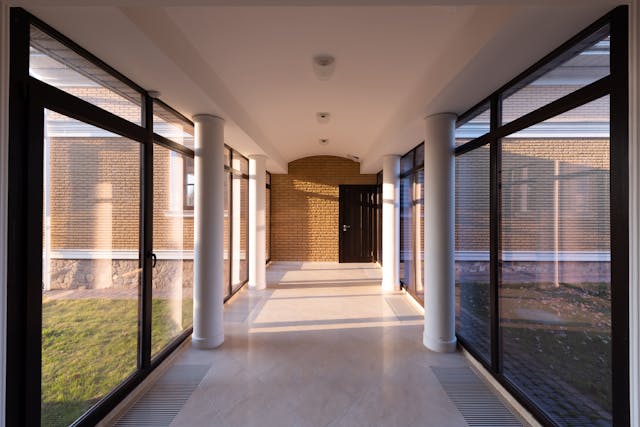Maintaining clean and well-maintained floors is essential for both aesthetics and longevity. Whether it’s in a residential or commercial setting, floors endure constant wear and tear from foot traffic, spills, and other daily activities. Among the various maintenance techniques available, floor strip and seal is a crucial process that helps rejuvenate and protect flooring materials such as tile, vinyl, and hardwood. However, the frequency of performing this task depends on several factors.
Understanding Floor Strip and Seal
Before delving into the question of frequency, it’s important to understand what floor strip and seal entails. This process involves removing the existing layers of finish or sealant from the floor’s surface, cleaning it thoroughly, and then applying a fresh coat of sealant to protect and enhance its appearance. It’s particularly beneficial for restoring the shine and luster of floors, especially in high-traffic areas where wear and tear are more pronounced.
Factors Influencing Frequency
Several factors influence how often you should strip and seal your floors:
- Floor Type: Different flooring materials have varying durability and susceptibility to wear. For instance, vinyl floors may require more frequent stripping and sealing compared to hardwood floors due to their vulnerability to scratches and stains.
- Foot Traffic: High-traffic areas such as hallways, entryways, and commercial spaces experience more wear and tear, necessitating more frequent maintenance. Places with heavy foot traffic may require stripping and sealing every six months to a year, while low-traffic areas can go longer between treatments.
- Environmental Factors: Environmental conditions like humidity, temperature fluctuations, and exposure to sunlight can affect the condition of your floors. Areas exposed to harsh sunlight may experience fading and discoloration, prompting more frequent maintenance to preserve their appearance.
- Maintenance History: Regular cleaning and maintenance routines can extend the lifespan of your floors and delay the need for stripping and sealing. Conversely, neglecting routine care may accelerate wear and necessitate more frequent maintenance.
Determining the Frequency
While there’s no one-size-fits-all answer to how often you should strip and seal your floors, here are some general guidelines:
- Regular Inspection: Conduct periodic inspections of your floors to assess their condition. Look for signs of wear, such as dullness, scratches, or areas where the sealant is wearing thin. If you notice significant wear or damage, it may be time to schedule a strip and seal service.
- Consult Professionals: Flooring experts can provide valuable insights into the specific needs of your floors based on their type, condition, and usage. They can recommend a suitable maintenance schedule tailored to your requirements.
- Follow Manufacturer Recommendations: Refer to the manufacturer’s guidelines for your flooring material. They often provide recommendations for maintenance and care, including the frequency of stripping and sealing.
- Adapt to Changing Conditions: Be flexible with your maintenance schedule based on changing circumstances. For instance, if you notice increased wear during certain seasons or after events, consider adjusting your maintenance frequency accordingly.
Conclusion
Floor strip and seal is a vital maintenance procedure that helps preserve the beauty and integrity of your floors. By understanding the factors influencing its frequency and adopting a proactive approach to maintenance, you can ensure that your floors remain in top condition for years to come. Remember to prioritise regular inspections, seek professional advice when needed, and adapt your maintenance schedule to accommodate changing conditions. With proper care and attention, your floors will continue to shine bright and withstand the test of time.

